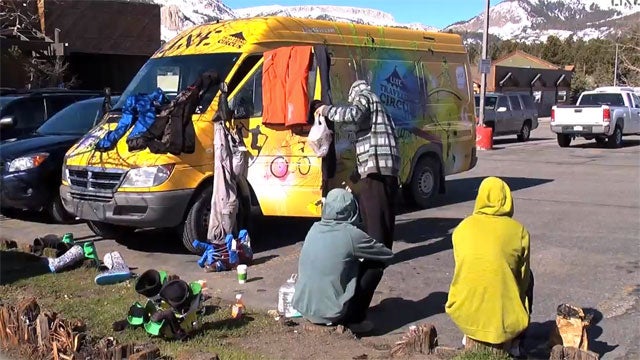, the runner-up of the 2011 and winner of 2013’s Kirkwood stop of the Freeride World Tour is a van life vet. For years he and his brother Silas have traveled around North America to FWT stops in a souped-up 1993 Ford E350 dubbed “The General.” “We designed [the General] to travel around the World Tour because we wanted to get ourselves and our gear pretty much anywhere,” he says. “Basically it’s fun and it’s convenient.”
Chickering-Ayers represents a growing number of skiers and snowboarders using vans to carve out prime slope access. What their vehicles lack in indoor plumbing and kitchen convenience, they make up for mobility, making them an ideal option for those that live life one winter storm at a time.
How to Do It
Some resorts, like Washington’s Mt. Baker or Tahoe’s Squaw Valley, offer free overnight parking for 72 hours (except on storm days). If slopeside parking isn’t available campers can often find space in a lot slightly farther away, like at Arapahoe Basin or Stevens Pass. If all else fails, you can always park for free at Wal-Mart. Learn to cook on a one-burner propane stove, always hang your wet outerwear, and box up your dirty clothes to avoid excess smell. Bring jumper cables, chains, a spare tire (and jack), and a basic tool set. A sub-zero sleeping back is essential, as is a pad to insulate against the freezing car floor—metal doesn’t hold heat well. “It’s a learning experience,” admitted Chickering-Ayers. “It takes a lot of time and patience.”
Here are five winter-ready vans that make for prime travelling homes.
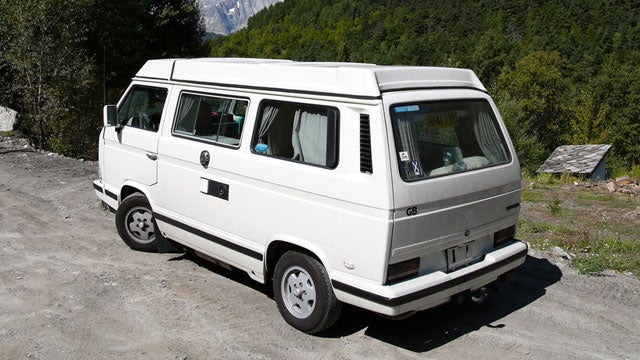
Produced between 1951 and 2003 the Westfalia is the ultimate camping van. It has fold-out seating for sleeping and electrical hookups for heaters. The Westfalia gets good highway gas mileage, handles relatively well on slick roads, and goes forever (some report logging over 300k miles). The burliest version of the Westfalia was the Vanagon Syncro, produced between 1986 and 1991, which offered 4-wheel drive and a jacked-up drive train for climbing hills.
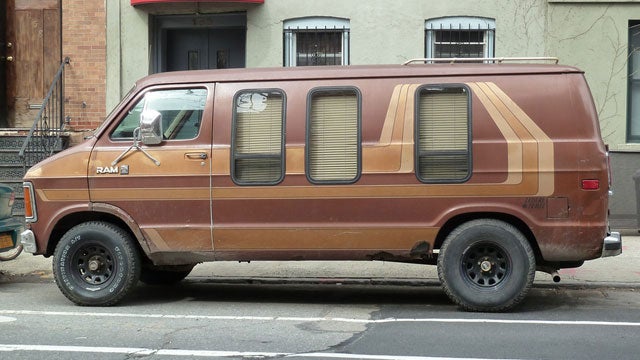
More commonly known as the Dodge Ram Van, the B-Series was discontinued after 2003 but is still a staple at campgrounds and ski parking lots across North America. There were many manifestations of the B-Series, including the Royal Sportsman, which featured fold-down seats for sleeping and stow-away space for gear. The Ram Van is easily customizable: Take out seats, add carpet, install a ski gear locker, and still have plenty of space to sleep and eat. Also, replacement parts are still relatively easy to come by.
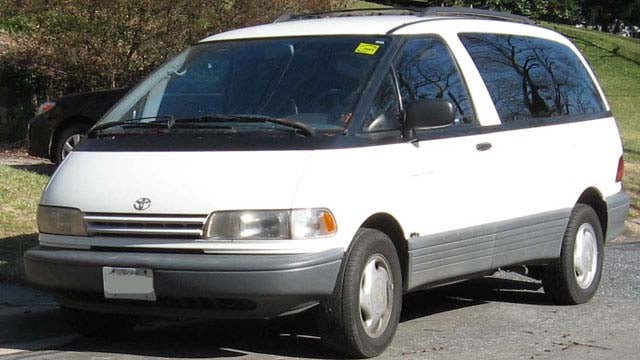
Those egg-shaped minivans that you remember from the 1990s are actually a solid ski van option, especially the all wheel drive Previa All Trac. After a redesign in 1994, the van gets a Subaru-esque 24 mpg, and features a drive train that lasts well past 200k miles. The back seats fold down and can easily be converted into sleeping space, while vaulted ceilings allow for lots of interior storage space. Rear seats can also be removed entirely.
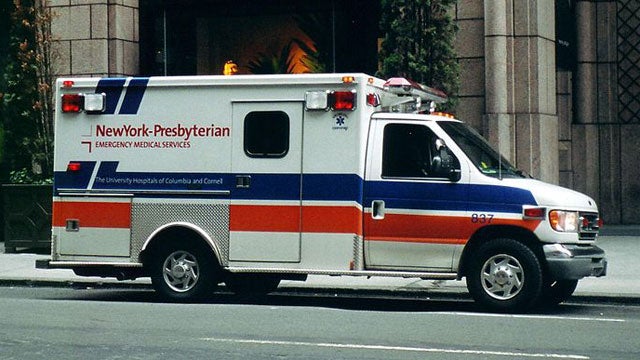
If you can get over the whole someone-might-have-died-in-here thing, decommissioned ambulances are ideal ski camping vehicles. Most of them are beefed-up Ford E350 vans with a larger rear compartment, perfect for setting up gear storage and seasonal living quarters. Because of their previous life, most come well insulated, have a 40-gallon diesel gas tank, and feature a power inverter to support heaters, stoves, and mini-fridges. Most ambulances also feature powerful V8 engines perfect for hoofing it up to the mountain (as long as you have some decent snow tires). Emergency transport companies usually dump ambulances around 100k miles, but many of these vehicles are driven hard.
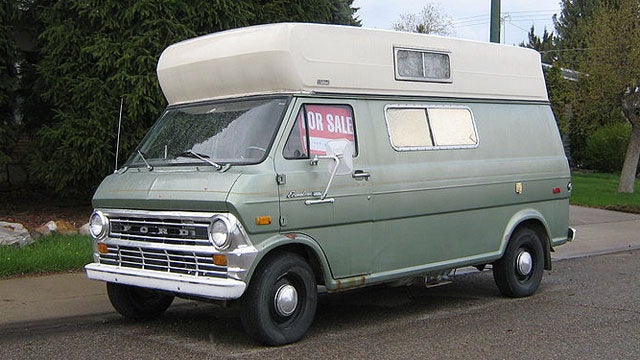
Sportsmobile has been converting camper vans for 52 years. Their designs offer stainless steel sinks, a rugged four-wheel drive system, and cargo racks on top of a spacious pop-up roof. The Sportsmobiles are converted Ford, Chevy, Mercedes-Benz, and Nissan vans, which offer ample storage and sleeping room. For those that have graduated from dirtbag status but still enjoy the conveniences of van camping, Sportsmobile Customs are a worthy pick.


